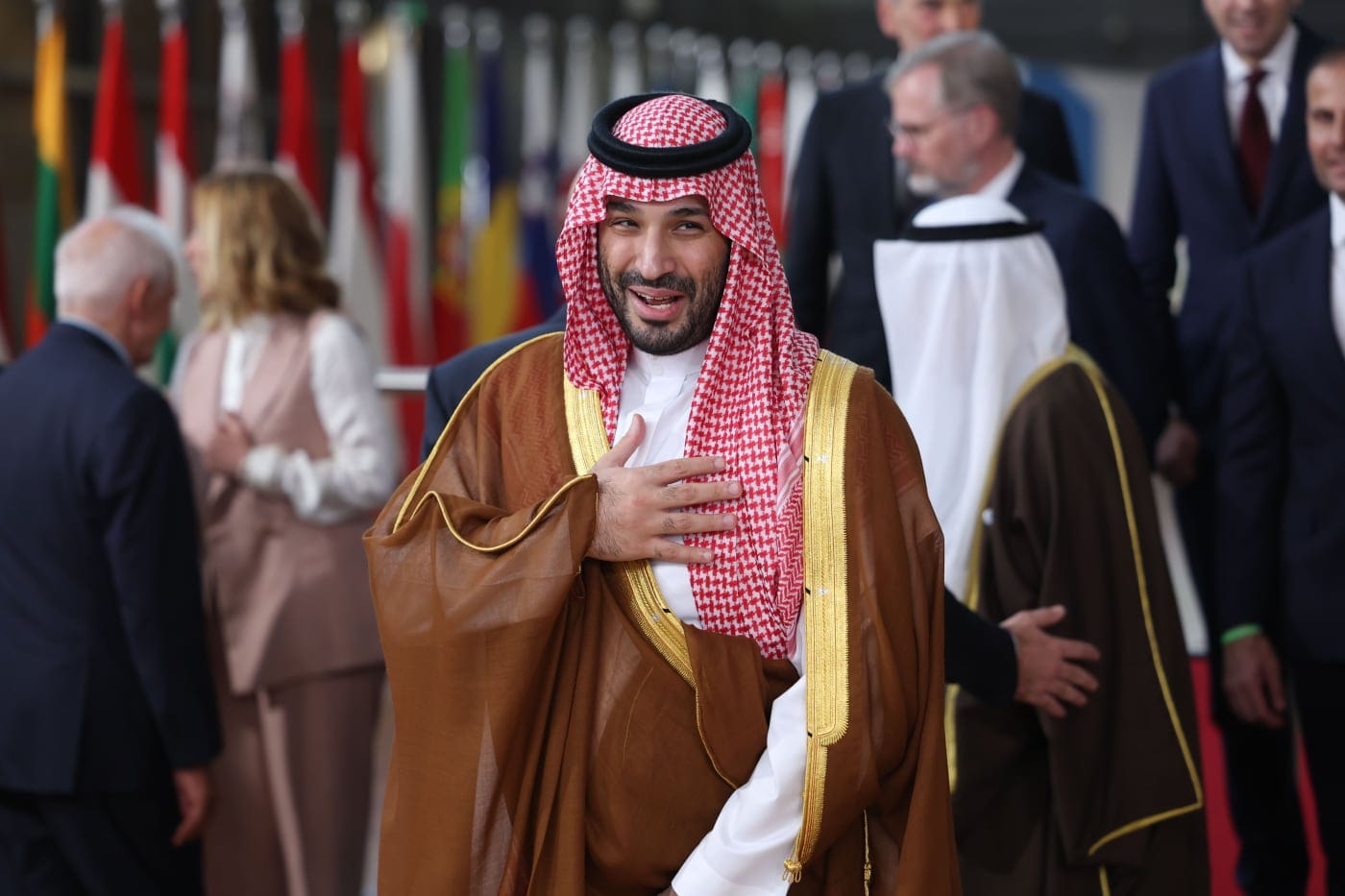Mid-term report card on Saudi Arabia’s Vision 2030: ‘Could do better’
London-based consultancy Capital Economics says the much-publicized frustrations of Saudi Arabia’s ambitious Vision 2030 strategy are balanced by some solid successes

Halfway through its closely watched Vision 2030 program Saudi Arabia has admitted most of its ambitious targets around diversification away from reliance on oil in government revenues and broader economic growth unlikely to be met on schedule, according to London-based economics consultancy Capital Economics. After eight years of reforms and strong fiscal stimulus, nearly two-thirds of government revenues remain directly related to hydrocarbon proceeds. And despite the country’s having introducing a value-added tax, CE finds Saudi Arabia’s tax base remains narrow and is unlikely to broaden quickly.
Growth in non-oil exports, while strong, is mostly driven by stronger services exports, particularly religious tourism. But the country’s ambitious target of attracting 150 million foreign visitors by 2030 is unlikely—just 29.7 million foreign tourists visited the kingdom in 2024.
CE estimates that bringing more Saudi women into the formal economy has increased GDP by around 12%
Foreign direct investment growth also remains anemic, with CE calculating it at just 1.2% of GDP in 2023, far off the 5.7% target that Vision 2030 megaproject planners had been relying on. Lower-than-expected FDI growth has prompted Riyadh to begin paring back some of its flagship projects, such as Neom, amidst cost overruns and construction delays.
But while Neom has been struggling, the country has comfortably met Vision 2030 targets relating to the residential real estate sector. Home ownership had reached 63.7% of households in 2023 and is well on track to meet the 70% target in 2030. Liberal mortgage reforms have grown residential lending from 1% of the credit market to just under 25%, CE reports.

There are, however, areas where Vision 2030 has met or even exceeded its ambitions. CE has found that, since 2015, the female labor force participation rate has risen from less than 20% to above 35% as of Q1 2024, beating the 2030 target of 30% well ahead of schedule. It also estimates that the progress on bringing Saudi women into the formal economy has increased GDP by around 12%, and achieving 50% female participation (on par with UAE and Qatar) would contribute 1% to annual GDP growth per annum over the next 20 years.
In the tech sector, investment deals made this year with the US are supporting Riyadh’s goals, with the Public Investment Fund’s AI unit, HUMAIN, having already sold out all its domestic data center capacity. HUMAIN this week announced that it is to open new data centers in Saudi Arabia using US chips in 2026.







